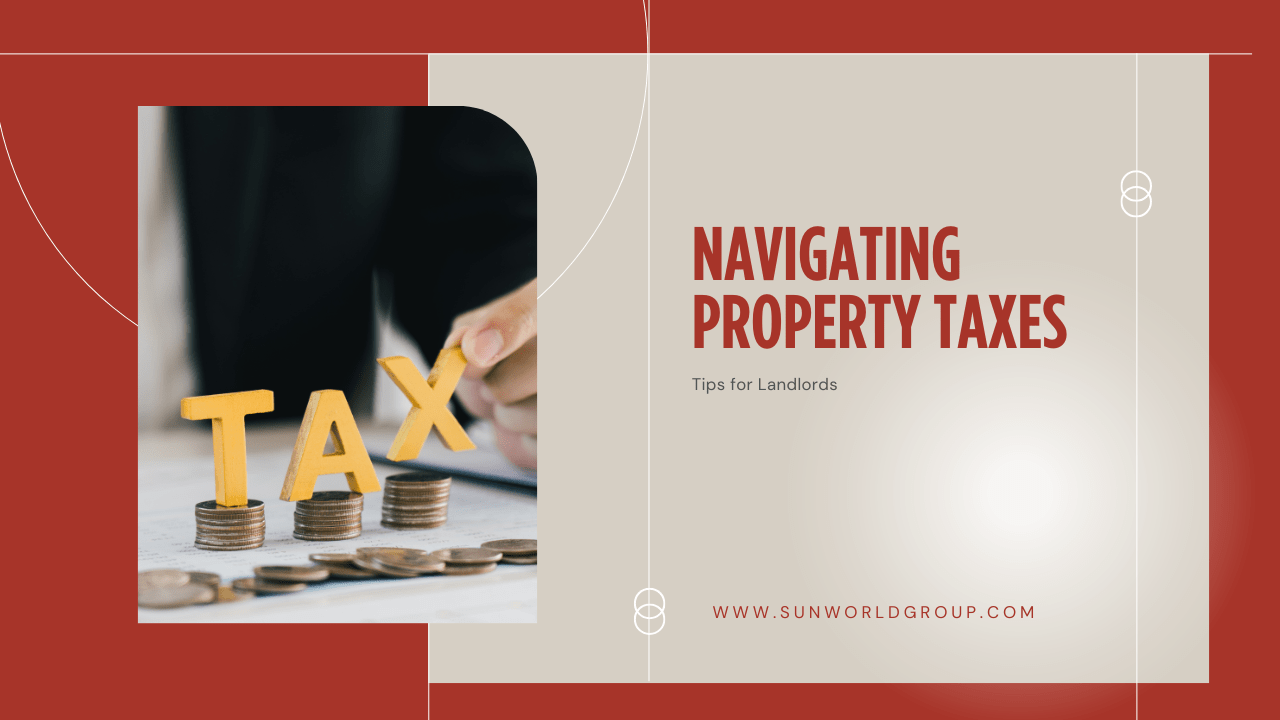Nestled within several
highly desired neighborhoods in Southwest Washington, historical homes stand as poignant reminders of previous time periods and generations. They’re nostalgic and noteworthy.
How to balance modern design elements with historic authenticity when you’re renting out or revitalizing an older property and investing in some renovations? This is the struggle for a lot of investment property owners today, and as
Southwest Washington property managers, we can be a great resource for you.
With constantly increasing competition and high prices in our local real estate market, older buildings and
rental properties can sometimes seem
like a liability. But they’re actually highly desirable, and we can tell you that renovating and revitalizing older properties can prove to be a smart investment strategy.
As long as you do it with respect and the intention to preserve the historical elements of those homes.
By implementing innovative strategies, we can help modernize older buildings and historic homes, bring some upgrades and updates to rental units, and meet the high demands of today's well-qualified residents who are looking for their next rental home.
At SunWorld Group, we’ve been working with owners and investors in the Southwest Washington market for many years. We understand the historic homes and the unique architecture that comes with a lot of those older properties.
We have some ideas to share from a property management standpoint.
Recognizing the Cultural and Economic Value of Historic Homes
Before delving into preservation methods, it's crucial to understand why Southwest Washington's historical homes matter to the market and the people who live here. They not only provide a visual narrative of local history but also contribute significantly to the region's cultural identity and sense of community.
These homes also have the power of attracting tourism, which bolsters the local economy. Additionally, they offer a glimpse into the architectural techniques and design preferences of past eras, enriching our understanding of societal progress.
When investors and rental property owners grasp the social and economic benefits of preservation, it fosters a sense of responsibility towards these properties. They become more than just investments; they transform into legacies worth preserving. Property managers can capitalize on those intentions by helping to preserve and even promote the value of these homes.
Maintenance and Restoration Best Practices
Maintaining and restoring historical homes is as much an art as it is a science.
It requires a keen eye for historical accuracy, the use of appropriate materials, and a sensitivity to the structure's original intent. Here are some best practices in property management for
maintaining these homes
with the respect they deserve:
- Conducting Regular Inspections
Implement a schedule of regular inspections by professionals who have a lot of experience in historic construction methods. Look out for
signs of wear, deterioration, or small infestations
that can quickly grow and cause
significant damage. While such problems can be easily managed in a new construction home, there are specific techniques that can and cannot be used when we’re talking about older homes. Frequent inspections can eliminate the threat and potential expense of deferred and unreported maintenance.
- Prioritize Consistent Upkeep and Preventative Maintenance
Routine maintenance tasks such as repainting, re-caulking, and resealing are essential for preserving the building's condition. Regular cleaning and upkeep of gutters, chimneys, and drainage systems protect against moisture infiltration, a common enemy of historical structures. These are preventative maintenance measures you’d take with any rental home, but they become more urgent when we’re talking about the preservation of historic buildings.
While modern conveniences are necessary for inhabitants, they must be integrated in a way that does not compromise the original character of the home. Original structural elements and architectural details should be preserved whenever possible. When updates are required, they should be made with historical sensitivity, seeking materials and designs in line with the home's era. There are specialists who know how to do this with care, and while their services might require more of an investment, the results will be worth the effort. Property managers can also
negotiate the best rates
and partner with the best service providers and vendors.
Historical Restoration
When restoration is needed due to age-related issues, your property manager can set up a consultation with a preservation specialist. They can guide you on the appropriate techniques and materials to restore the home as closely as possible to its original state. Respecting the home's historical integrity ensures that future generations will be able to experience the past through its walls.
Property Managers in Southwest Washington and Community
Finally, a vital aspect of preserving historical homes is engaging the local community in committing to its condition and upkeep. You can open your doors to historical societies, local historians, and educational groups who take an interest in your home. If you’re renting out the property, you want to make sure that your tenants understand the responsibility that comes with living in a historic home. Focus on
long-term tenancies rather than short-term rentals, which can create more deterioration.
Some owners might want to use their historical home for events such as weddings, parties, and gatherings. This can be an excellent way to earn income from your historic home. Your property manager, in this case, can ensure that visitors are educated on the property's historical context and understand your guidelines for respectful interaction. Property managers can make information readily available, and enforce the needs of your property.









